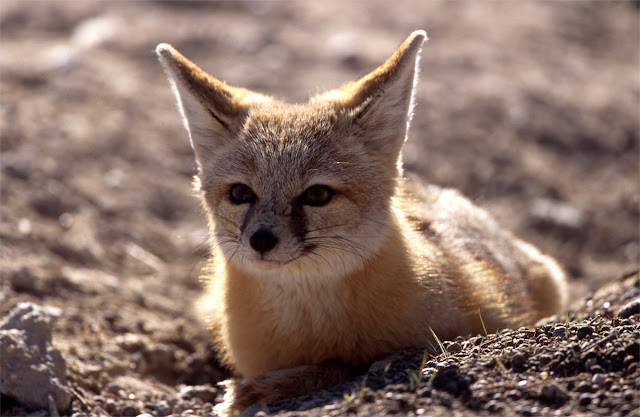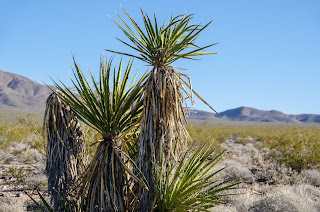Nevada Ballot Measure a Catch-22 for the Mojave

"As we focus on climate change, we must also act decisively to protect the living world while we still have time. It would be humanity’s ultimate achievement." - E.O. Wilson Nevada is poised to vote on whether to increase its renewable portfolio standard (RPS) - the share of electricity required to come from renewable sources - to 50% by the year 2030, without any plan for protecting Nevada's increasingly vulnerable wildlands. An increased RPS without corresponding plans to protect wildlands is sure to spur a second rush of solar and wind projects, but continuing to burn fossil fuels will compound the ongoing harmful effects of climate change on that same landscape. A more sensible path - providing stronger incentives for solar on rooftops and over parking lots and diverting larger projects to already-disturbed lands - has eluded the state's policymakers and environmental groups. This Joshua tree woodland in southern Nevada...









